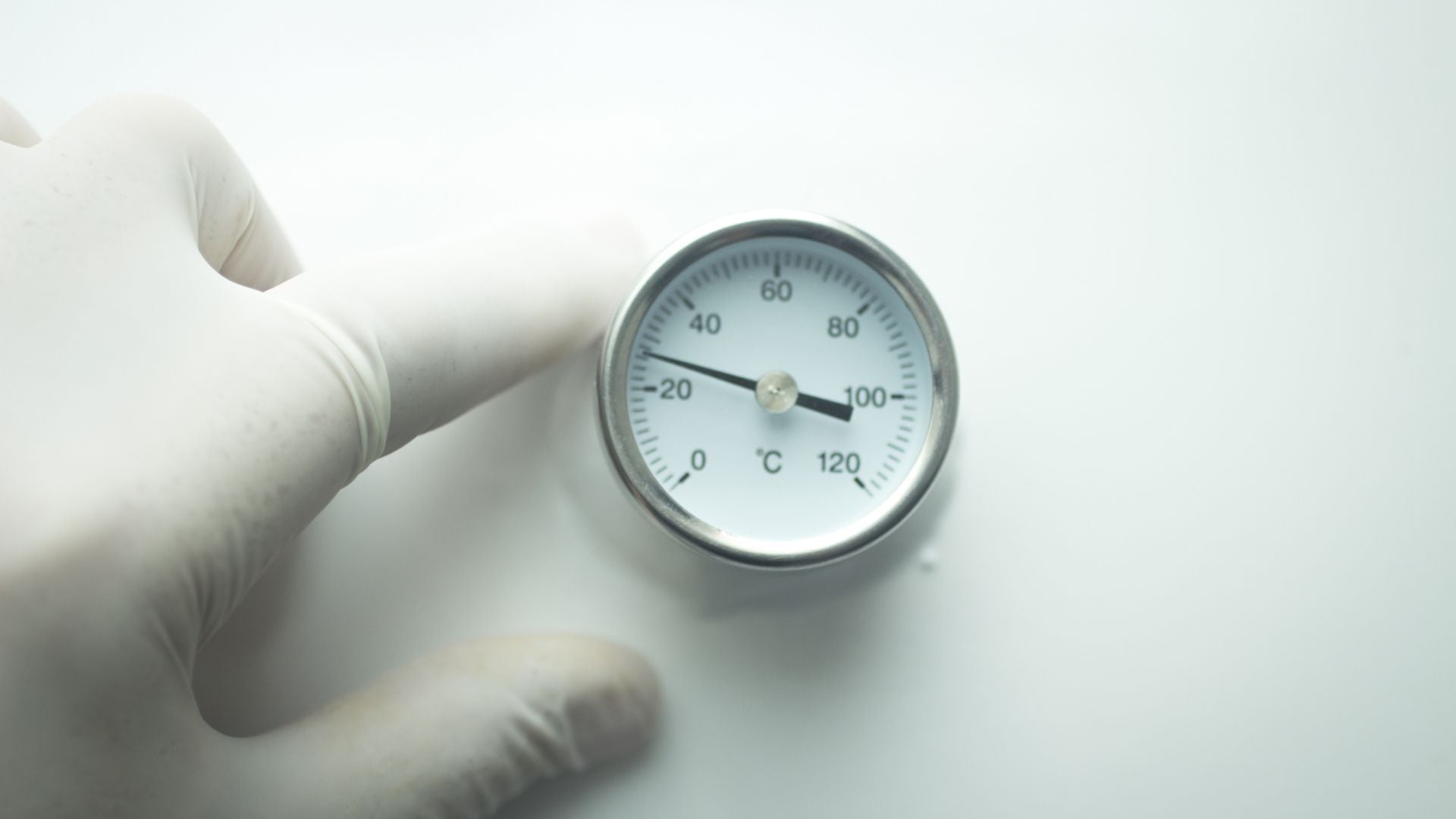Breathing has become a popular topic recently in fitness and therapy. But how do you implement this in your programming?
The position of the axial skeleton and its ability to change shape as we inhale and exhale greatly influences the body's center of gravity and the way distal extremities manage stress.
In this webinar, we cover positional breathing concepts and drills to restore optimal positioning of these structures before training and therapy to better manage gravity, improve weight shifting capabilities and ensure our client or patient can dynamically control the ribcage and pelvis to drive stress to the right areas.
In this webinar, attendees will learn:
- Simple assessments to determine positional limitations of the pelvis and ribcage
- Positional breathing drills to incorporate in to training and therapy
- Exercise modifications to immediately improve control of the pelvis, ribcage and foot
About Chris Kelly:
Chris Kelly is a Certified Strength and Conditioning Specialist, Performance Enhancement Specialist and Certified Exercise Specialist and owner of Fitness Rehab, a company that specializes in post rehabilitation fitness and movement training.
Over the past 14 years, Chris has worked with clients ranging from those attempting to avoid or recover from back, neck and shoulder surgery to professional golfers and soccer players.
His approach combines extensive education in multiple systems which include Functional Range Conditioning, Postural Restoration, Neurokinetic Therapy, Bill Hartman’s Intensive and EXOS Performance training.
He is passionate about helping all those he works with understand their body better and view training in a holistic manner which balances performance AND health.
In his role as a teacher, his mission is to greatly simplify the process of helping others by teaching them to breath and better manage gravity as part of a holistic plan of care.
He has educated hundreds of physical therapists, massage therapists and personal trainers in this approach to training as well as topics such as movement screening, rehabilitative core training, exercise prescription/modification and much more.
His course offerings currently include an Introduction to Biomechanics and Breathing as well as a Human Movement Foundations of Gait and Position.







Share:
Free Webinar: What Grad School Didn't Teach You: Unlocking the Pelvic Floor
Free Webinar: Arthropometric's Influence on BioMechanics